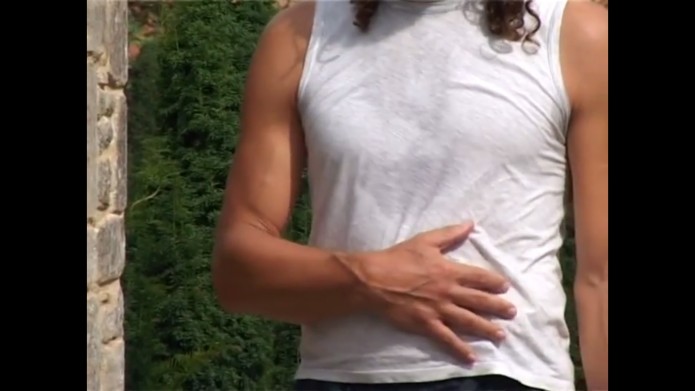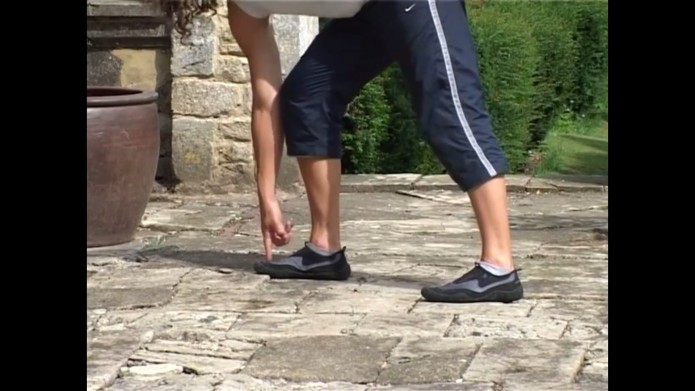The video below shows Seven Stars, Nine Castles, and Four Directions pushing hands drills.
Category Archives: Videos
Fixed Step Pushing Hands
Video of fixed step pushing hands training with class members Debbie and James – and clips of application of these grappling skills to set up striking and throwing in sanshou competition by Chris and Vince.
Pushing Hands in Competition
The video below shows members of our club taking part successfully in national Pushing Hands competitions.
Padwork – University Class
As well as training strong and efficient punching technique, practising Running Thunder Hand (continuous punching) in pairs using gloves and focus mitts trains holding a protective guard (shoulder muscles) and, since punching should involve the whole body – legs, core and arms – this acts as a general stamina conditioning exercise as well.
The video clip below shows two members of the student class working on some striking combinations (punches, knees and elbows) using pads.
Martial Application – Sweep Lotus Leg
Dave and Vince demonstrating the form and application for the move Sweep Lotus Leg, including some footage of this technique being applied in Sanshou competition by Vince.
Martial Application – Brush Knee Twist Step
Dave and Vince demonstrating the form and application for the move Brush Knee Twist Step, including some footage of this technique being applied in sanshou competition by Vince and Chris.
San Shou competition
Video of Oxford Wudang student Vince competing in a national San Shou event, demonstrating Vince’s devastating striking skills.
Yang overcomes Yin
While much is made of using Yin (softness) to overcome Yang (hardness) in Tai Chi literature, the converse is also true.
When the opponent’s defence is weakened, the Tai Chi practitioner can take the initiative to attack strongly (Yang) to overcome the opponent’s weakness (Yin).
Below is a short clip of Oxford Wudang student Chris taking part in a full-contact sanshou competition and demonstrating this concept…

Tai Chi Theory – Tension, Relaxation & Breathing
One of the benefits of regular Tai Chi practice is the release of stress and unnecessary postural tension, allowing the breath to flow smoothly and unhindered.
Martially, this aids in the efficient transmission of force, without interference of postural muscle tension upon functional muscle use; it also allows the practitioner to move in a relaxed way and conserve stamina.
In the video below Dave discusses the concepts of tension, relaxation and breathing as they relate to the Tai Chi hand form postures and movements.

Tai Chi Theory – Stances
One of the fundamental principles is maintaining a structurally sound stance. The Tai Chi Discourse states:
The root is in the feet;
Discharging is done by the legs,
The controlling power is in the waist,
And the appearance is in the hand and fingers. [1]
In health-based Tai Chi practice, correct stances are integral for ensuring joint health of the lower legs and for supporting the functioning of the leg muscles. In martial Tai Chi practice, stances are vital for ensuring one can effectively absorb and redirect the force of an opponent.
In the video below, Dave provides instruction in some of the basic principles of stance-work.
[1] Translation by Dan Docherty, http://www.taichichuan.co.uk/information/classics_lun_text.html